15 lessons Hearthstone can learn from Legends of Runeterra
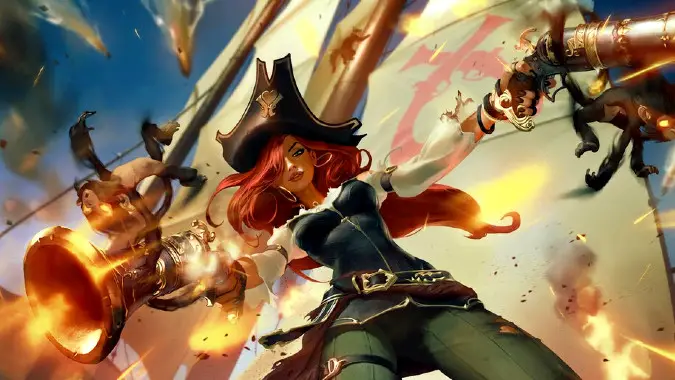
Riot’s new Legends of Runeterra card game has a lot in common with Hearthstone — enough to be of interest to many players of the Blizzard game. But it also does several things differently. And keeping in mind that LOR benefits from having been released much later (it just came out at the end of April), and thus, full of knowledge about the pitfalls of a digital collectible card game — some of those things are done better.
Some of our favorite things about Runeterra are features that could certainly make their way to Hearthstone. After getting some gametime in, these are 15 features we would like to see make the jump into Hearthstone.

You’ll never buy a card pack in Runeterra
There aren’t pack fillers — or even packs
A common design philosophy that many card games use — whether you love it or hate it — is that packs must have “pack filler” cards. Those are cards that aren’t all that strong, yet have a lower rarity, meaning that they show up in packs all the time. Games like Magic: The Gathering have thrived on this concept, which ensures that a player can’t simply complete their collection “too quickly,” and must keep purchasing packs in order to prospect a few gems here and there.
Well, LOR has abandoned the concept of packs. As you play the game, you either earn the cards directly, or you craft them with Shards. If there are no packs, there’s no need for pack fillers. And if there are no pack fillers… every card can be designed to be good.
It’s easier to collect the cards you want
Legends of Runeterra uses the Road system, where a player can pick which Region (equivalent to a Hearthstone class) they want to progress with. As you play games, you earn experience points, which go toward that Region. As you advance, you will gain rewards, including cards, from that Region.
This simple system guarantees that you will, in time, earn cards in your preferred playstyle — unlike Hearthstone, where even when the game is nice and gives you free packs, or a free Legendary, it could be from a class that you don’t enjoy playing.
There’s constant progression
Whenever you play a game — whether it’s against the AI or a real opponent; whether it’s in regular Play mode or in a Challenge or any other mode — you gain experience points. As you complete your daily quests, you also gain XP. That XP is constantly being fueled into places, from your aforementioned Road, to the Weekly Vault, which gives you rewards every Tuesday, and which you can level up with more XP for even better rewards. There are also daily Login Rewards. Just by playing the game every day, you are moving on towards better and better prizes.
In a nutshell, with its multitude of reward systems, LOR makes you feel like you’re constantly earning something; constantly making progress.
You can catch up with rested XP
Ah, the rested XP mechanic from World of Warcraft. We are so familiar with it — if you don’t play for a little while, you collect a bonus to your XP gains the next time you play.
LOR also has that. This XP boost ensures that, even if you leave the game for a few months and come back later, you’ll have a much easier time catching up to the current meta.
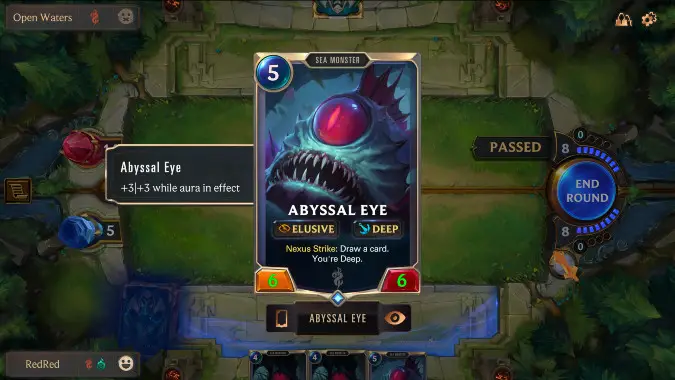
Runterra does a great job of explaining the game
Tutorials teach key game mechanics
Challenges are LOR’s “tutorial mode.” They are a series of scenarios designed to teach you about some mechanic of the game — keywords, card types, interactions. Many of them end up working as puzzles, where you have to use a specific game mechanic to defeat your AI opponent in a single round.
These challenges are very well designed, and can actually teach you valuable lessons that you will apply in real matches. They are an invaluable tool to a new player to the game.
Inspecting cards helps you learn mid-battle
When you right click a card, you can see a big version of it. Besides taking a closer look at its effects and keywords, there is one thing that I find amazing about this feature: the ability to see other cards (especially tokens) that are associated with that card.
Several cards “evolve” into stronger versions of themselves, or summon different tokens. In Hearthstone, it’s very common for you to read, in some card’s text, that its Deathrattle effect summons a “Discombobulator,” or some such nonsense, while giving you no clue as to what a discombobulator actually is.
In LOR, all you’d have to do would be to right click the parent card, and then click on the little token card behind it to get a full view of it. I’d be elated if Hearthstone copied this feature.
Keywords are explained right in the game
Within the ability to inspect cards is also the ability to see what keywords do by mousing over them. Besides helping players who are unfamiliar with them, this opens up design space for the developers to be able to add more keywords with less fear of overwhelming the player with having too much information to memorize — the info is all there, just a single click away.
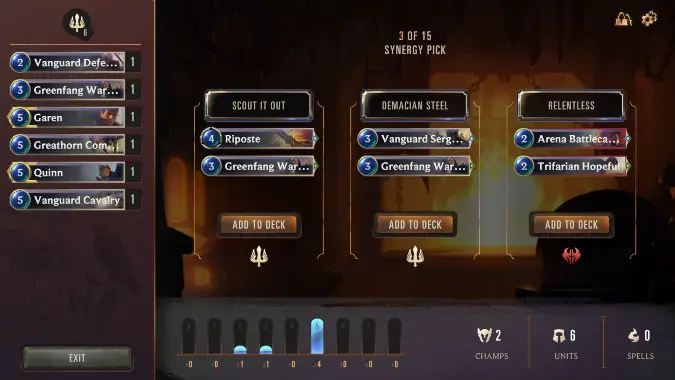
Draft mode play is a lot more interesting
Drafting mechanics let you create coherent decks
Unlike Hearthstone’s Arena, where you draft cards one at a time — often resulting in real Frankenstein’s Monsters of decks that no player in their right mind would actually build, with strategy that often boils down to “play your strongest minions as soon as you can” — Legends of Runeterra’s Expedition uses “buckets” of two or three cards, that synergize with each other. The result is that you actually get something that resembles a “real” deck. Not only does it feel better to play, it gives you the ability to know what to expect from your opponent’s cards as they begin to play them.
Hearthstone already has this exact same mechanic somewhere: the very successful Dungeon Run mode. So if they ever decided to revamp Arena — or to introduce a new draft mode that utilized such a system — it wouldn’t be out of nowhere.
You can modify your draft deck as you progress
The game gives you the option to replace cards, and add more buckets to your deck after certain wins. In addition, you get two “trials” on each run: you will get your rewards after the second trial, and the results that will count will be whichever run you did better in. That means that, overall, more players will be able to earn better rewards.
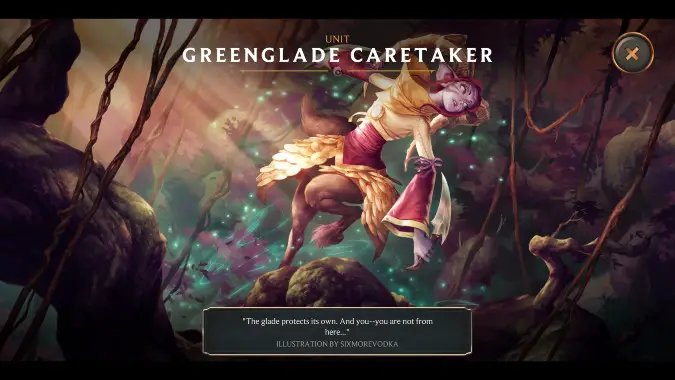
There are more opportunities to interact with the game world
Inspecting cards also gives you a lot of game flavor
Blizzard is great with flavor and art — but so is Riot. LOR wins out in one aspect, however: it grants you the ability to see card art and quotes mid-game with a right click on a card, and then a click on the eye icon. You get the full art, on your whole screen, as well as the card text / quote, and the name of the artist.
Whereas in Hearthstone, you never get to fully see the gorgeous card art, and the text / quotes can only be found in Crafting mode, very much hidden away from most players.
There’s customization beyond card backs
In Hearthstone, you can only customize your player by picking from a limited number of avatars for each class, and a card back — most of which have a limited window of time to earn.
Besides avatars and card backs, LOR also allows you to customize your emotes, your boards, and the guardian critter that inhabits your board. And you can easily purchase those cosmetics at any time.
Easier squelching for peaceful gameplay
LOR offers you the ability to “squelch” your opponent with a single left click, from a button that is always visible on the screen, and the feature is already available during the mulligan phase, right as the game starts. It’s not the auto-squelch feature that a lot of players desire, but it’s certainly more convenient.
Both games could learn from adding an auto-squelch option. But while they don’t, Hearthstone could learn from LOR by making the option more obvious and readily available.
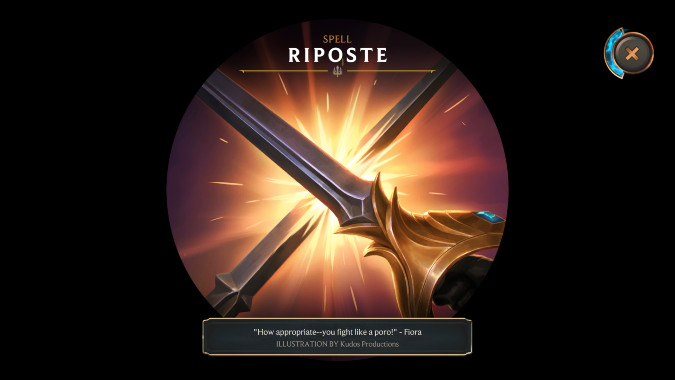
Runeterra’s design encourages creative gameplay
You don’t play cards on curve every turn
This is something that plagues Hearthstone, and is very detrimental to the game in the long run: the correct way to play several decks is to spend all your mana on every turn. Turn 1, you play a 1-cost minion. Turn 2, you play a 2-cost minion. So on, and so forth. This design beat makes a lot of matches play out very similarly to one another. Since players are rewarded by spending all of their mana, and from developing their boards with stronger and stronger minions, many games end up feeling the same. You queue against someone, and you already have a very good idea of what they’ll do on their next turn.
LOR’s Spell Mana mechanic combats “playing on curve.” Players are encouraged to keep some leftover mana, which they can use on the next turn to cast powerful spells before their mana curve reaches that point, or to save up some resources to cast fast or burst spells during combat, in order to turn the outcome in their favor. This makes each turn — and each game — far more unpredictable.
Hearthstone could, without a doubt, benefit from a mechanic like this. Back during the days of the Mean Streets of Gadgetzan expansion, there were rumors about a “red mana” mechanic that, supposedly, ended up scrapped because the developers were afraid that it would make the game “too complex.” No one knows for sure what red mana was supposed to be, but several players were excited with the prospect of something to shake up the old routine of playing cards on curve every turn — that we didn’t end up getting.
Decks can multiclass for more complicated play
The fact that you pick two regions to form up your deck opens up a very high number of deck possibilities, which, in turn, makes the meta far more unpredictable and varied. Seven regions, with each deck being allowed to pick either one or two regions, gives you 28 possible deck types. It’s like if Hearthstone had 28 different classes, but without actually requiring the developers to balance 28 different classes.
How could Hearthstone approach this? One idea: specializations. Readers, beware, for now I’m going mad scientist on y’all!
Imagine if, instead of simply having Mage cards, Hearthstone had three specialized types of Mage cards: Frost Mage, Fire Mage, and Arcane Mage cards. The game would reward you if you only picked cards from two of those specs, instead of from all three — such as an improved Hero Power, which could be more powerful than normal. Imagine a Freeze effect added to your ping, for one extra mana, if you went Frost + Fire; or having your regular ping cost only one mana if you went Fire + Arcane. There are many possibilities! (And the Hearthstone team has plenty of designers, much smarter than me, that could surely come up with even better ideas.)
Runeterra prioritizes skill over randomness
LOR has less randomness than Hearthstone, overall. The game, with its cycle of actions and reactions, with the ability to change the outcome of a combat in the middle of it, with the possibility to save up your mana and turn it into Spell Mana for the next turn, rewards player skill more than Hearthstone does.
This one is tough, to be fair. Randomness reduces the gap between the best players and the more casual ones. Randomness ensures that you can, sometimes, defeat an opponent who is better than you at the game. If Hearthstone decided to take this approach, the game would become a little less casual-friendly and a little more focused at the pro scene.
With that said… the latest class introduced to Hearthstone, Demon Hunter, has almost no randomness in its kit. So, this might actually be something that the team currently sees as a problem that has to be addressed.
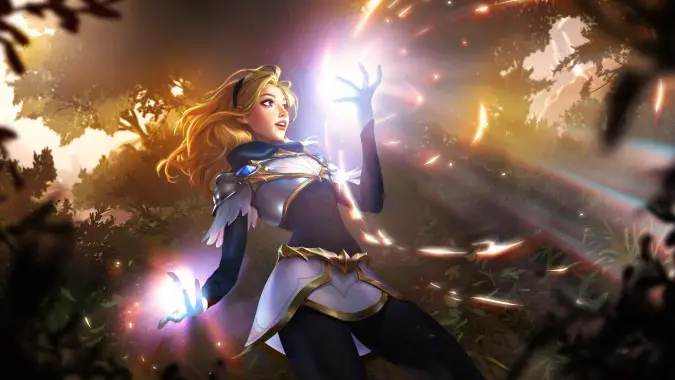
Hearthstone could learn a lot from Runeterra
There’s a lot here, and probably more that I didn’t mention. The development team of LOR, without a doubt, tried to tackle — and correct — several of Hearthstone’s greatest weaknesses. But that doesn’t mean that Hearthstone itself can’t look at the way LOR fixed many of its flaws and use that information to, in turn, develop their own fixes to them. They absolutely should do that.
And the end result would only benefit us, the players.
Please consider supporting our Patreon!
Join the Discussion
Blizzard Watch is a safe space for all readers. By leaving comments on this site you agree to follow our commenting and community guidelines.
 @harmonicstrike
@harmonicstrike




